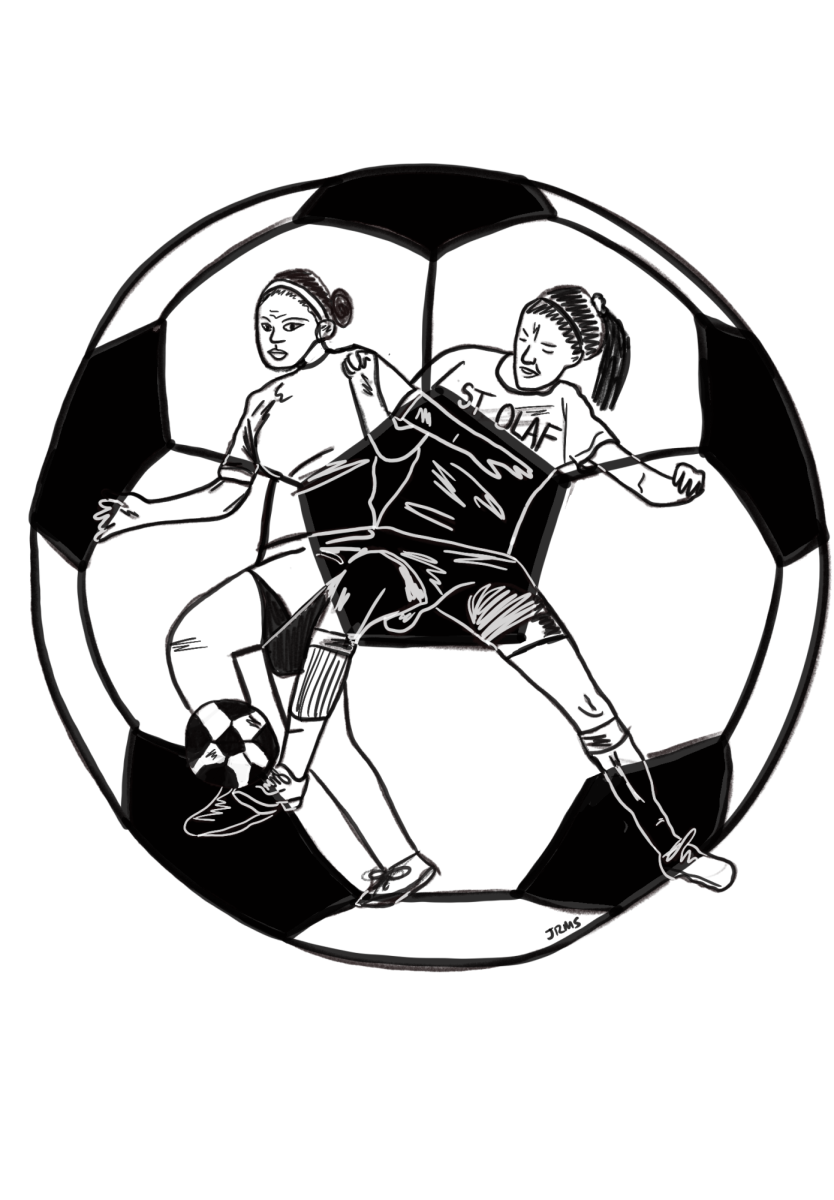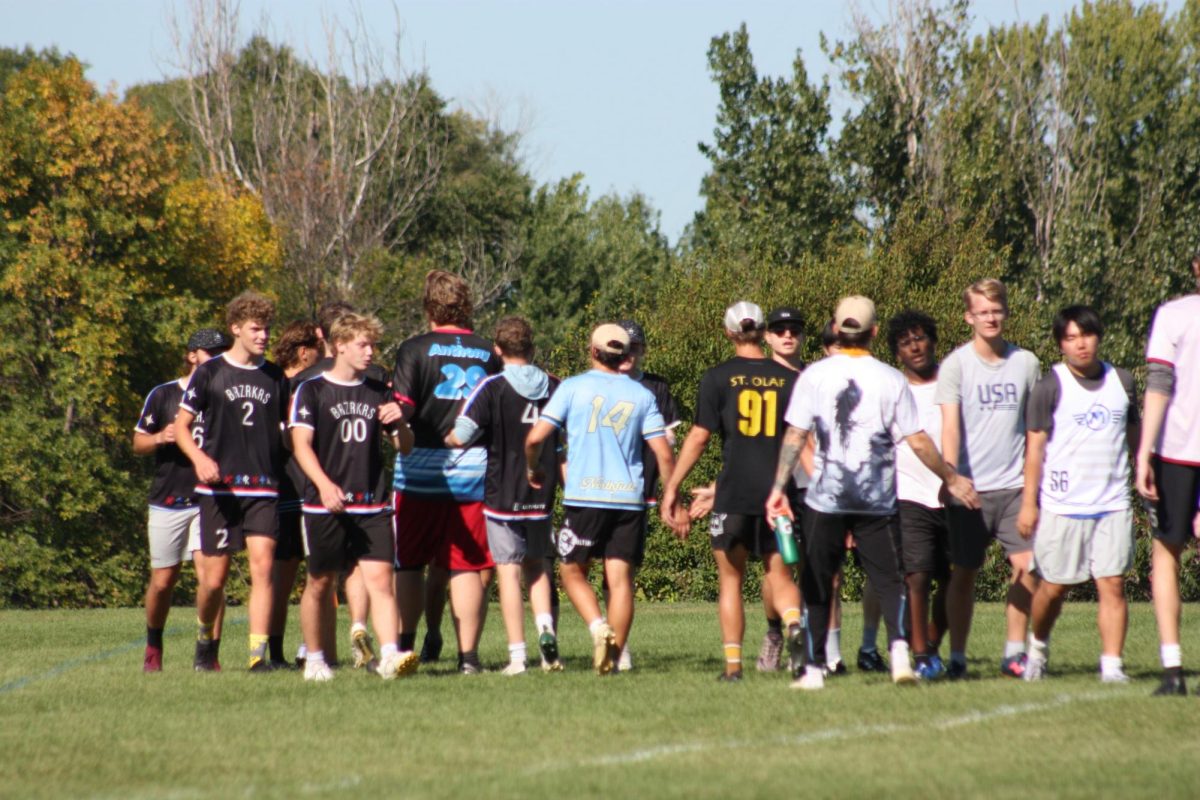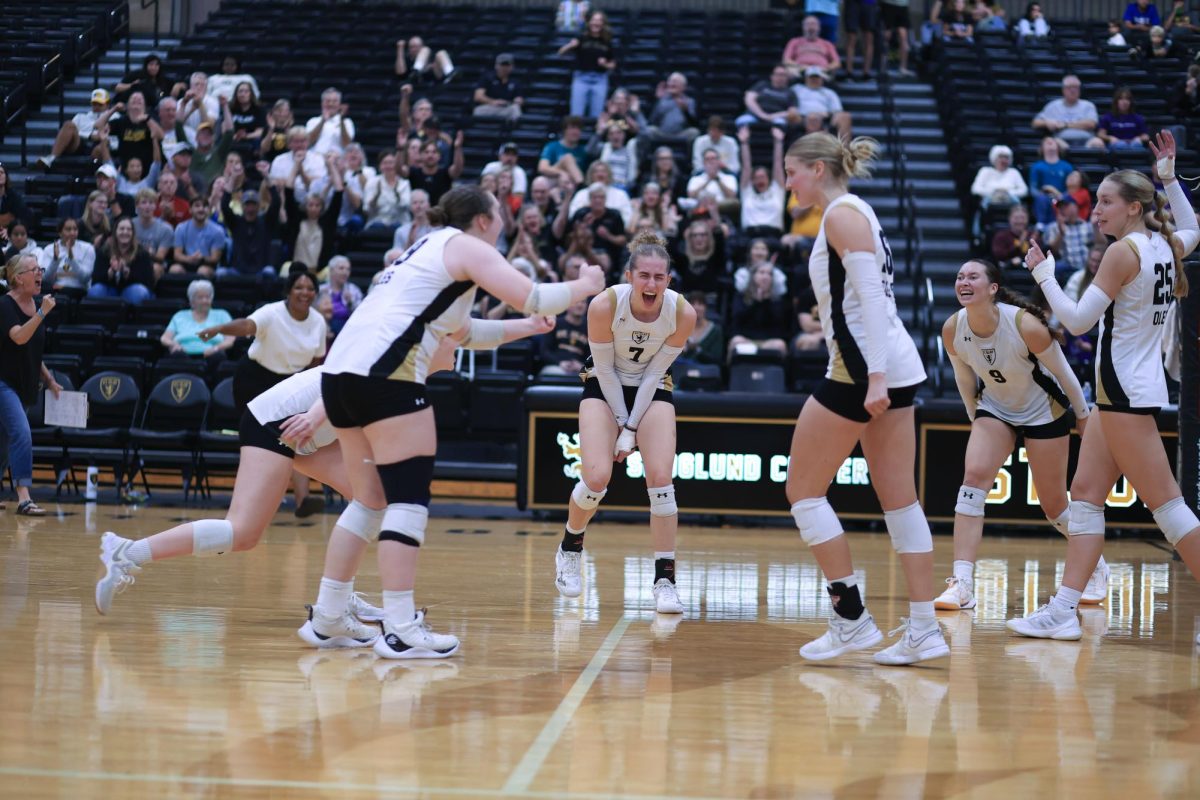Amidst the many changes in peoples’ lives, sports often remain a constant. For some, it’s playing sports from ages three to 55; for others, it’s a lifelong commitment to supporting a college or professional team. But why are sports such a perennial figure in our lives? Ask anybody why they play, and you’ll get a different answer. A frequent commonality, however, is the community sports provide. Collegiate sports, historically and in the present, reflect such communities.
Organized collegiate sporting competition is approaching its 175th birthday. The National Collegiate Athletic Association (NCAA), the dominant governing body of collegiate athletics, was not established until 1906, but collegiate competition originated when Yale University’s and Harvard University’s rowing clubs competed in 1852, in an event now called the Harvard-Yale Regatta. As the term “club” denotes, the rowing teams were created for social purposes. From then on, the growth of collegiate sports spread throughout the American college and university system, encompassing various sports.
Indicative of its growing popularity in greater American society, baseball became the most popular collegiate sport beginning in the 1870s as colleges and universities, primarily on the East Coast, played with increased frequency until an intercollegiate league that resembles modern-day collegiate sports was created. The year 1880 saw baseball become St. Olaf’s first sport. The Oles played Carleton one to three times per season before playing 10 intercollegiate games versus Minnesota and Iowa-based colleges in 1901.
While today collegiate sports are essentially professional in all but name, understanding their origins makes the elusive answers to what makes sports so important more attainable. Sure, 1840s rowing clubs provided athletes with physical activity and an outlet for competition, but their distinctions as “social clubs” reflect their community orientation.
To add on, youth sports are (typically) predicated more on having fun than their competitive aspects; yes, winning is fun and becomes increasingly important, but for most people playing or competing with a group of friends is what is most enjoyable. As such, we grow up playing sports in environments where community is fundamental to our experiences as athletes. Even with millions of dollars pumped into athletic programs and collegiate sports as competitive and commercialized in their history, the principles of community and camaraderie remain. At a basic level, sports are outlets for those who want to be a part of a team: a group of people with a shared interest and purpose.






